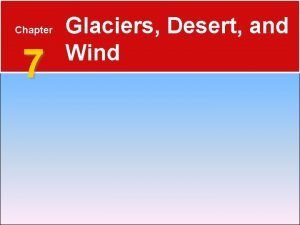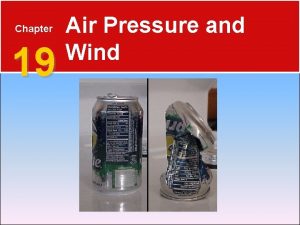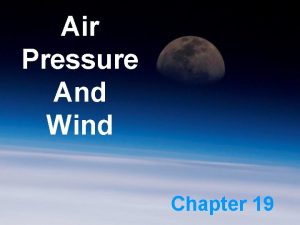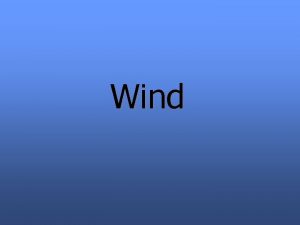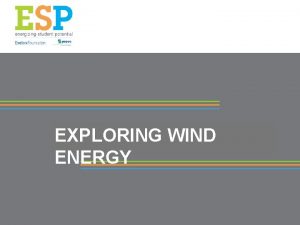Wind Chapter 6 Lesson 2 WHAT IS WIND




- Slides: 4

Wind Chapter 6 Lesson 2

WHAT IS WIND? w Air moves from areas of high pressure to areas of low pressure. This movement of air is the wind w A global wind moves steadily over long distances in predictable directions n Winds that blow between 30*N and 30*S became known as trade winds w The particles in cold air are more dense than the particles in warm air. w Cold air sinks and warm air rises

What are local winds? Sea Breeze w The sun warms up the land the sea. The temperature of the land increases faster than the temperature of the water w Air over the land becomes warmer than air over the sea. The warm air over the land becomes less dense and the warm air rises w The cooler, more dense air over the ocean moves toward the warmer air over the land. n If you are visiting the beach, you feel the wind blowing from the ocean to the land= sea breeze Land Breeze w As night falls, the land the water both begin to cool. Land cools faster than water, so the air over the water stays warmer=lower density w The air over the water rises, and cooler, higher density/pressure air over the land moves toward the water n If you are on the beach in the evening, you may feel the wind blowing from the land toward the ocean

How is wind measured? w Winds are described by their direction and speed Wind Sock is another tool that measures wind direction Weather Vane- an instrument that shoes which way the wind is blowing Anemometer measures wind speed using three or four cups that rotate when the wind blows


